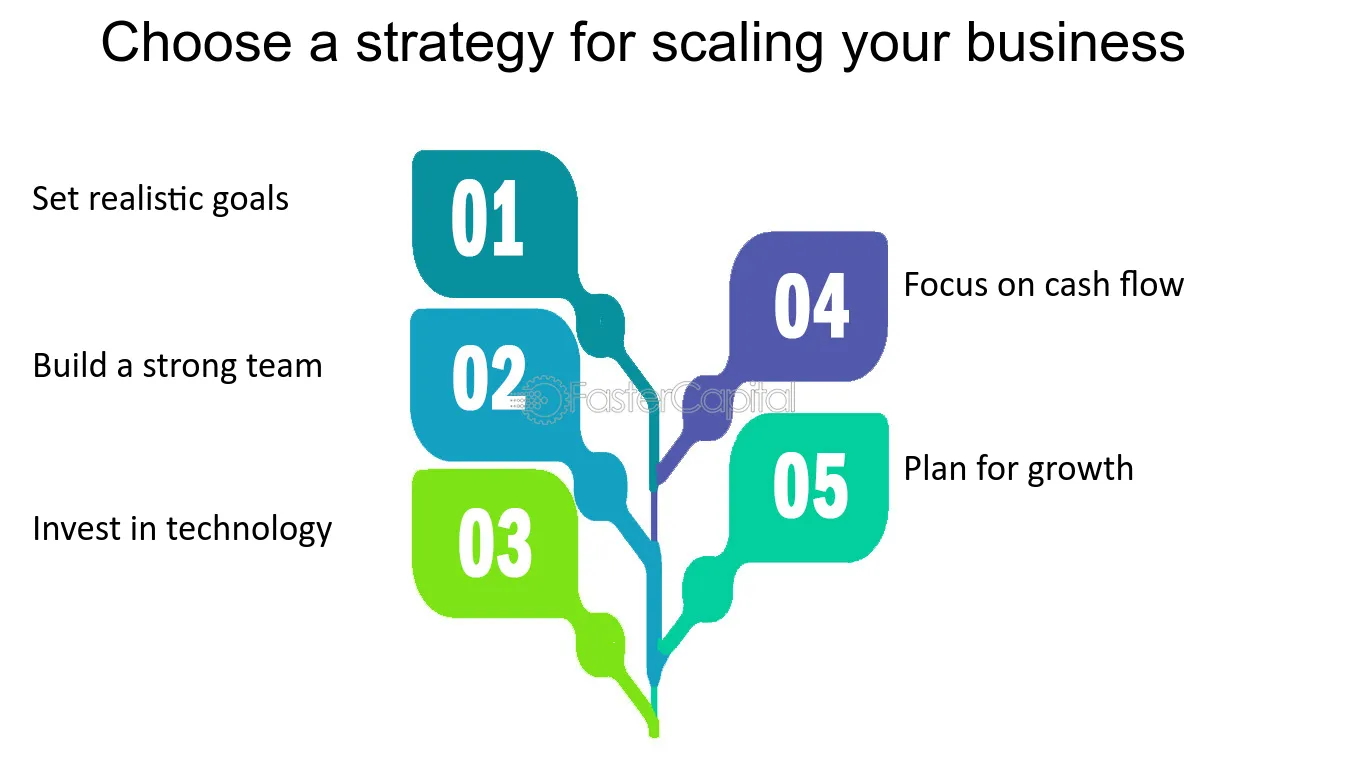Business
How to Choose the Perfect Number for Your Business: A Strategic Guide
Published
8 months agoon
By
Admin
In the realm of business, numbers are more than just figures on a balance sheet; they are the heartbeat of operations, the metrics of success, and the foundation of strategic decision-making. Whether it’s determining pricing, setting goals, or forecasting growth, selecting the right numbers is paramount. However, the process of choosing these numbers can be complex and nuanced. In this guide, we delve into the art and science of picking the perfect numbers for your business.
1. Define Your Objectives
Before diving into numbers, clarify your business objectives. Are you aiming for rapid growth, sustainable profitability, market dominance, or social impact? Understanding your overarching goals will guide your numerical selections. For instance, if rapid growth is your aim, metrics like customer acquisition cost and revenue growth rate will be crucial.
2. Identify Key Performance Indicators (KPIs)
KPIs are quantifiable metrics tied directly to your business objectives. These indicators provide insights into how effectively your company is achieving its goals. Common KPI categories include financial performance, customer satisfaction, operational efficiency, and employee productivity. Select KPIs that align with your objectives and reflect critical aspects of your business operations.
3. Consider Industry Benchmarks
Benchmarking against industry standards offers valuable context for assessing your performance. Research and analyze benchmarks relevant to your sector to understand where you stand compared to competitors. Utilize industry benchmarks to set realistic goals and track progress over time. However, be cautious not to blindly adhere to benchmarks; tailor your targets to your unique business circumstances and ambitions.
4. Leverage Data Analytics
In today’s data-driven world, businesses have access to vast amounts of information. Leverage data analytics tools to gather insights and make informed decisions. Analyze historical data, conduct predictive modeling, and employ data visualization techniques to identify trends and patterns. Data-driven decision-making ensures that your numerical selections are grounded in evidence rather than intuition.
5. Focus on Leading and Lagging Indicators
Leading indicators precede changes in performance, providing early signals of future trends. Lagging indicators, on the other hand, reflect historical performance outcomes. Balance your numerical selections between leading and lagging indicators to gain a comprehensive understanding of your business’s trajectory. Leading indicators enable proactive decision-making, while lagging indicators offer retrospective evaluation.
6. Prioritize Financial Metrics
While all aspects of business are important, financial metrics serve as the lifeblood of operations. Monitor metrics such as revenue, profit margins, cash flow, and return on investment (ROI) closely. Financial metrics not only gauge the health of your business but also inform strategic decisions related to pricing, investment, and resource allocation.
7. Incorporate Qualitative Measures
While numbers provide quantifiable insights, qualitative measures offer nuanced perspectives. Consider incorporating qualitative feedback from customers, employees, and stakeholders into your decision-making process. Qualitative data can shed light on customer preferences, market trends, and organizational culture, complementing quantitative analysis with qualitative context.
8. Iterate and Adapt
Business environments are dynamic, requiring continuous adaptation and evolution. Regularly review your numerical selections in response to changing market conditions, technological advancements, and internal developments. Embrace a culture of experimentation and learning, refining your numerical framework based on real-world feedback and experiences.
Conclusion
Choosing the perfect numbers for your business involves a blend of strategic foresight, analytical rigor, and adaptability. By defining objectives, identifying KPIs, leveraging data analytics, and incorporating qualitative insights, you can develop a robust numerical framework tailored to your business needs. Continuously monitor and refine your numerical selections to stay agile and responsive in an ever-changing landscape. With the right numbers in place, you’ll be equipped to navigate challenges, seize opportunities, and drive sustainable growth for your business.

Understanding New York Sports Club Membership: What It Offers and What Affects the Cost

Safety Tips for Compressed Air Dryers

drawing:23vyczbybxu= billie eilish

drawing:056aoyw74ce= rick and morty

drawing:4oyh4y0aqsa= santa claus

24 Hour Fitness Cost: How Much Is 24 Hour Fitness Membership?

drawing:7barsug8u0w= spider man

drawing:_ckgvun2dpk= flower

drawing:87jkshjvdkw= iron man

drawing:5imhdjgxuha= bird

How can online food delivery sales increase and attract the maximum number of customers in 2023?

MEP BIM: Revolutionizing Building Infrastructure Design

Revolutionizing Industries with ChatGPT

Resolving the Israeli-Palestinian Conflict: A Comprehensive Analysis

Skillful Passion: Wisconsin’s Dominant Volleyball Team

Virtual Reality Rental: A Futuristic Experience

Negin Behazin vs Dignity Health: Comprehensive Comparison

Unlocking the Potential of cryptonewzhub.com Internet

iPhone 14 Pro Max: Unveiling the Next Level Innovation

Unraveling the Mystery: Robert Card’s Tragic Passing

Understanding New York Sports Club Membership: What It Offers and What Affects the Cost

Safety Tips for Compressed Air Dryers

drawing:23vyczbybxu= billie eilish

drawing:056aoyw74ce= rick and morty

drawing:4oyh4y0aqsa= santa claus

24 Hour Fitness Cost: How Much Is 24 Hour Fitness Membership?

drawing:7barsug8u0w= spider man

drawing:_ckgvun2dpk= flower

drawing:87jkshjvdkw= iron man







